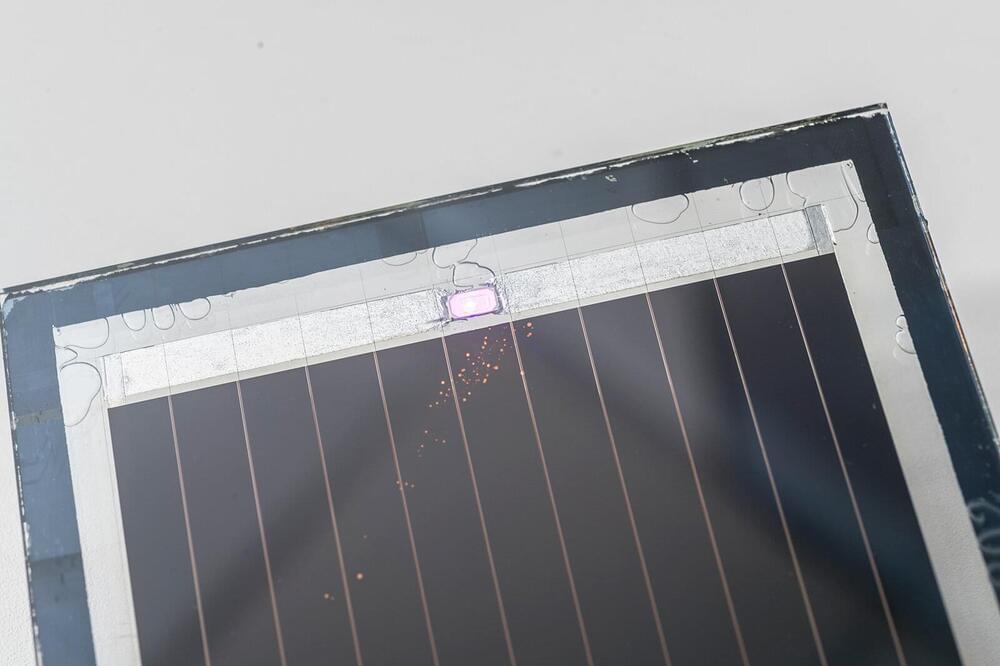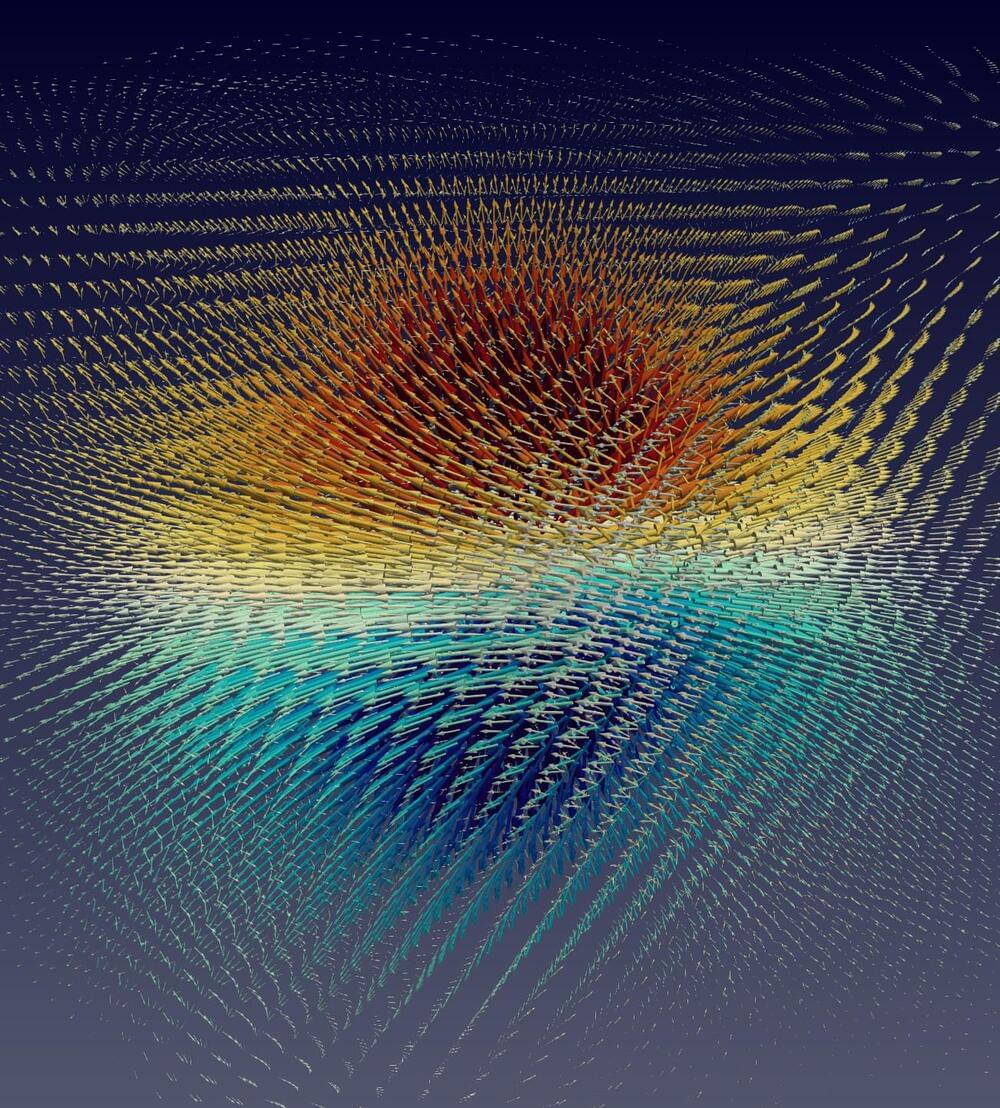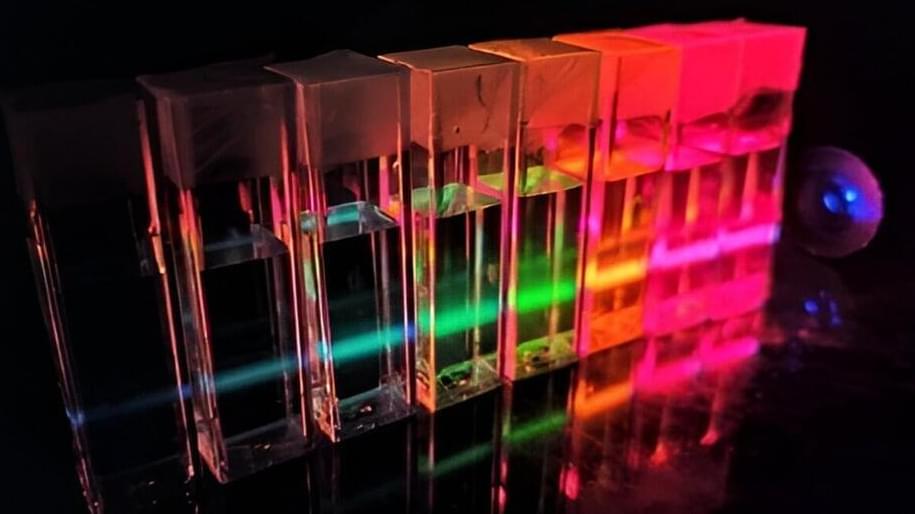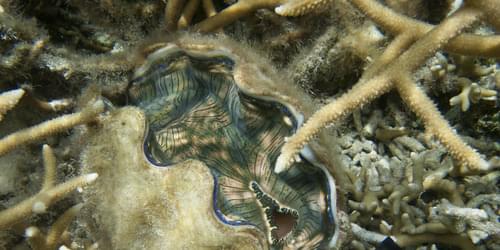Jul 18, 2024
World’s first dual-tower solar thermal plant boosts efficiency by 24%
Posted by Genevieve Klien in categories: solar power, sustainability
Two 650-foot-tall (200-m) towers have risen in China’s Gansu Province. Combined with an array of 30,000 mirrors arranged in concentric circles, the new facility is expected to generate over 1.8 billion kilowatt-hours of electricity every year.
While photovoltaic panels that directly convert sunlight to electricity are what most people think of when they hear the term “solar power,” there is another method of harvesting the Sun’s power that’s been steadily developing since the early 1980s. Known as solar thermal or concentrated solar power (CSP), these systems rely on mirrors known as heliostats to bounce sunlight to a central gathering point. There, the concentrated beams heat a transfer fluid that in turn heats a working fluid. This fluid then evaporates, turns a turbine, and generates electricity.
Continue reading “World’s first dual-tower solar thermal plant boosts efficiency by 24%” »

















